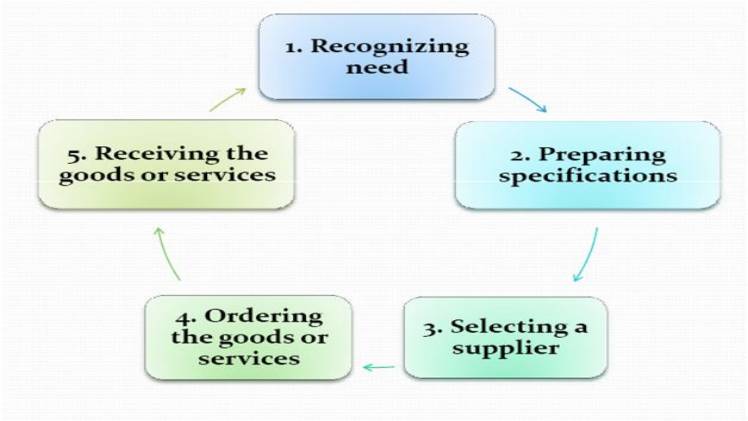Accurately measuring Global Horizontal Irradiance solar (GHI) is pivotal for harnessing solar energy efficiently. GHI quantifies the total solar radiation received on a horizontal surface, influencing solar project viability and energy generation predictions. In this article, we explore the diverse tools and techniques employed to measure GHI, from advanced pyranometers and solar tracking systems to remote sensing instruments and data analysis software, illuminating the path to optimised solar resource assessment and sustainable energy utilisation.
- Pyranometers:
Pyranometers are the workhorse instruments for GHI measurement. These devices consist of a thermopile sensor that detects the total solar radiation received, including direct and diffuse sunlight. They are typically mounted horizontally and are sensitive to the entire solar spectrum. Modern pyranometers are highly accurate and can provide real-time GHI data, making them essential tools for solar resource assessment.
- Weather Stations:
Integrating GHI measurement into weather stations provides a comprehensive understanding of solar conditions. These stations often include a suite of instruments, such as anemometers, pyranometers, and temperature sensors, to monitor atmospheric conditions alongside GHI data. This holistic approach aids in accurate solar resource assessment and forecasting.
- Ground-Based Remote Sensing:
Ground-based remote sensing instruments, like LiDAR (Light Detection and Ranging) and SODAR (Sonic Detection and Ranging), can provide detailed information about the vertical distribution of GHI. They measure parameters like wind speed, wind direction, and temperature, which are critical for understanding how atmospheric conditions affect GHI at different heights above the ground.
- Satellite and Numerical Models:
Satellites equipped with radiometers and numerical weather models play a crucial role in estimating GHI on a regional or global scale. These tools provide valuable data for large-scale solar energy projects and can help identify areas with high solar potential.
- Data Analysis Software:
Analysing GHI data often involves specialised software that processes and interprets the collected information. These tools help in quantifying solar energy potential, optimising system performance, and conducting feasibility studies for solar projects.
- Quality Assurance and Validation:
Ensuring the accuracy of GHI measurements is of utmost importance. Quality assurance and validation protocols, including regular calibration of instruments, are essential to maintain data accuracy and reliability.
In conclusion, measuring Global Horizontal Irradiance is a fundamental step in assessing the solar energy potential of a location. A combination of instruments, ranging from pyranometers and solar tracking systems to weather stations and remote sensing technologies, allows for precise GHI data collection. These tools, coupled with data analysis software and quality assurance procedures, form a comprehensive toolkit for solar resource assessment, enabling the efficient and sustainable utilisation of solar energy resources.










